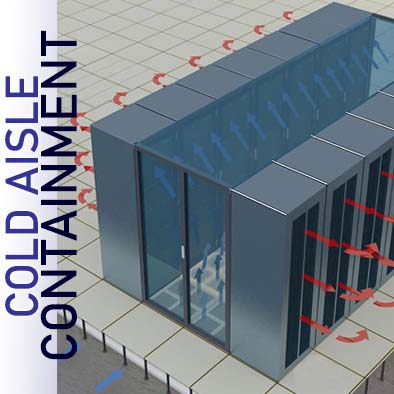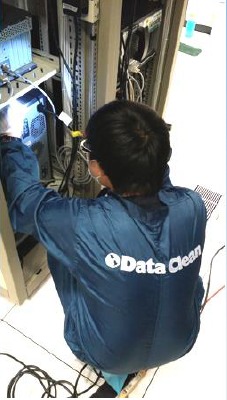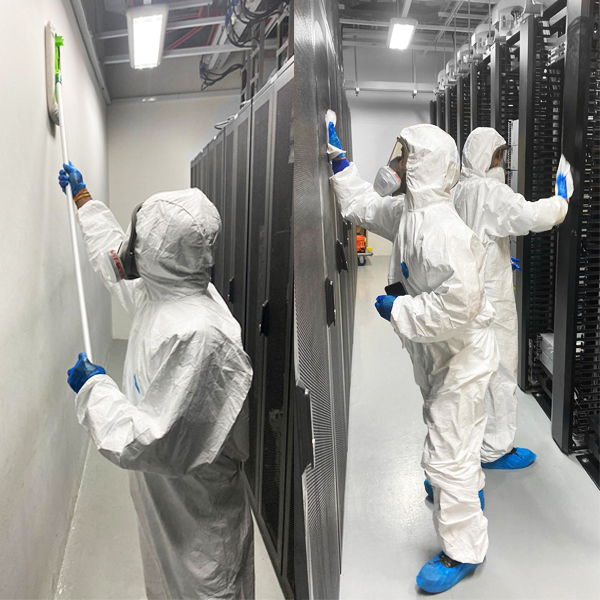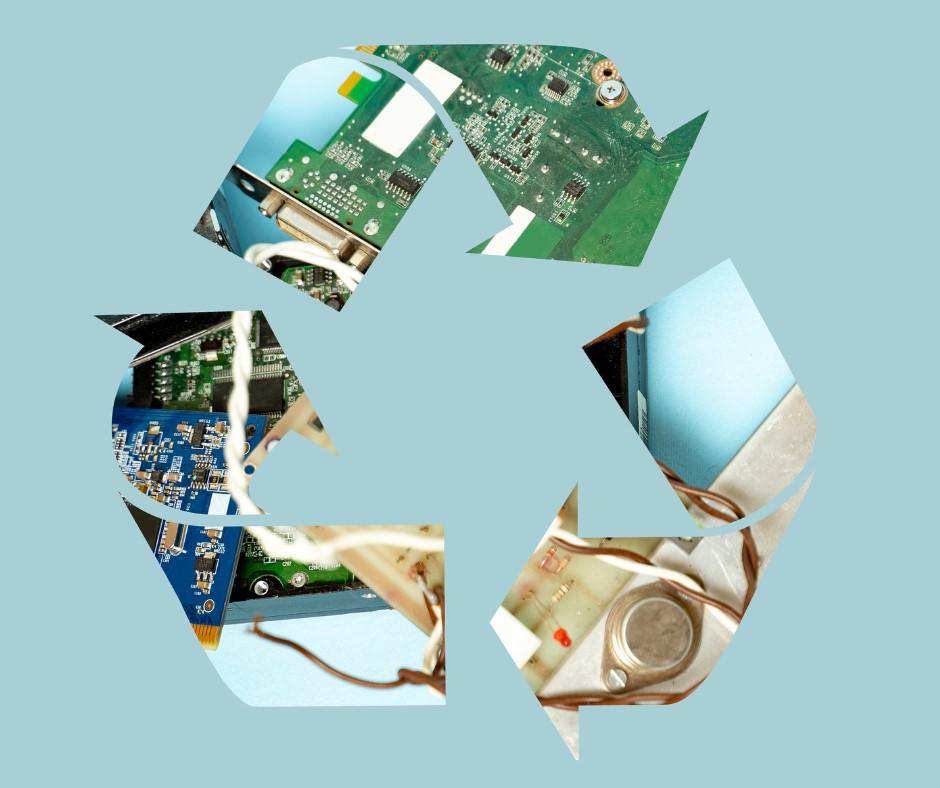In industries where precision, quality, and sterility are paramount, the clean room stands as the pinnacle of controlled environments. These specialized spaces are designed to maintain exceedingly low levels of pollutants, including dust, airborne microbes, aerosol particles, and chemical vapors. The core purpose of a clean room lies not only in its physical construction but also in its meticulous upkeep. Clean room cleaning procedures play a pivotal role in sustaining the integrity of the environment and preventing the contamination of sensitive products or processes.
Why Is Clean Room Cleaning Important?
Clean rooms are essential for processes where even the slightest contamination can have detrimental effects on product quality, patient safety, or research outcomes. In any industry that relies on clean rooms, whether it’s semiconductor manufacturing, pharmaceutical production, or hospital operating rooms, adherence to strict cleanliness standards is non-negotiable. However, the exact regulations may vary. In general, clean room cleaning procedures are designed to remove contaminants, prevent the introduction of new contaminants during the cleaning process, and help maintain sterility in the space.
Cleanroom Cleaning Procedures
A well-executed cleanroom cleaning regimen is multifaceted, encompassing distinct stages to ensure the highest standards of cleanliness. These procedures encompass pre-cleaning preparations, systematic cleaning of different areas, and crucial post-cleaning measures.
1. Pre-cleaning Procedures
The pre-cleaning phase is where proactive measures are taken to prevent the infiltration of contaminants from the external environment into the pristine confines of the cleanroom. Several key actions constitute this phase:
Personal Hygiene: Maintaining personal hygiene is of paramount importance. Individuals entering the cleanroom must rigorously wash their hands with soap and water to eliminate any potential contaminants.
Donning Cleanroom Attire: Cleanroom personnel must wear specialized cleanroom garments, including gowns, hoods, gloves, and shoe covers. This apparel acts as a safeguard against contaminants originating from clothing and skin.
Preparing Cleaning Supplies: Cleaning supplies must be prepared in a sterile and uncontaminated area situated outside the cleanroom. The supplies should be stored in a manner that prevents the potential introduction of pollutants.
2. Cleaning Procedures
The actual cleaning process is done to ensure the thorough elimination of contaminants. This stage entails a systematic approach that starts with the cleanest areas and progressively moves towards the areas with a higher potential for contamination:
Floors: The process commences with vacuuming the floors to eliminate loose dirt and debris. Subsequently, the floors are mopped with a disinfectant solution to ensure their sterility.
Walls: Walls are gently wiped down using a damp cloth or sponge saturated with a disinfectant solution. This step eradicates any accumulated particles or potential contaminants.
Ceilings: Ceilings are similarly attended to, with a long-handled mop or sponge being employed to cleanse them of any particles or contaminants.
Work Surfaces: Work surfaces, often a focal point of activity, are meticulously wiped down with a disinfectant solution to prevent the buildup of contaminants.
Equipment: Cleanroom equipment is cleaned following the manufacturer’s instructions. This step ensures that sensitive instruments remain free of contaminants that could compromise their functionality.
Other Surfaces: Comprehensive cleaning extends to other surfaces, including door handles and light fixtures. These commonly touched elements are wiped down to eliminate potential contaminants.
3. Post-cleaning Procedures
The post-cleaning phase is a safeguard against recontamination. Rigorous measures are adopted to maintain the sanctity of the cleanroom environment:
Decontamination of Cleaning Supplies: Cleaning supplies used in the process must undergo thorough decontamination before being returned to storage. This step ensures that contaminants are not spread during subsequent cleaning cycles.
Disposal of Waste: Waste generated during the cleaning process, often containing potentially hazardous materials, should be disposed of in designated biohazard containers.
Documentation: Comprehensive documentation of the cleaning procedures is crucial. This documentation serves as an invaluable tool for monitoring and assessing the effectiveness of the cleaning process over time.
4. Special Considerations
Beyond the core procedures, certain scenarios demand special attention:
Cleaning After Spills or Accidents: Swift action is imperative when spills or accidents occur within the cleanroom. Immediate cleanup prevents the dissemination of contaminants, ensuring that the integrity of the environment is promptly restored.
Cleaning During Production: In certain cases, cleanrooms need to be cleaned during ongoing production to prevent the accumulation of contaminants. This delicate operation necessitates specialized planning and execution to avoid disruptions.
Cleaning After Renovations: After undergoing renovations, cleanrooms must undergo an exhaustive cleaning process. This step eliminates any residual construction dust or debris, restoring the cleanroom’s stringent conditions.
Consider Data Clean Asia For Clean Room Cleaning
In essence, clean room cleaning procedures go beyond ordinary cleaning practices. They embody meticulous planning, attention to detail, and adherence to cleanliness standards. If resources or time constraints pose challenges to conducting these procedures in-house, hiring a professional clean room cleaning service is a convenient option.
Data Clean Asia offers clean room and laboratory cleaning services, understanding the unique requirements of various controlled environments. With our team of highly experienced and trained technicians, we tailor our services according to your needs, from cleaning up spills to disinfecting rooms from microparticles. The result is a controlled environment that adheres to industry regulations and standards and is primed for peak performance.
Contact us today for a free consultation!







